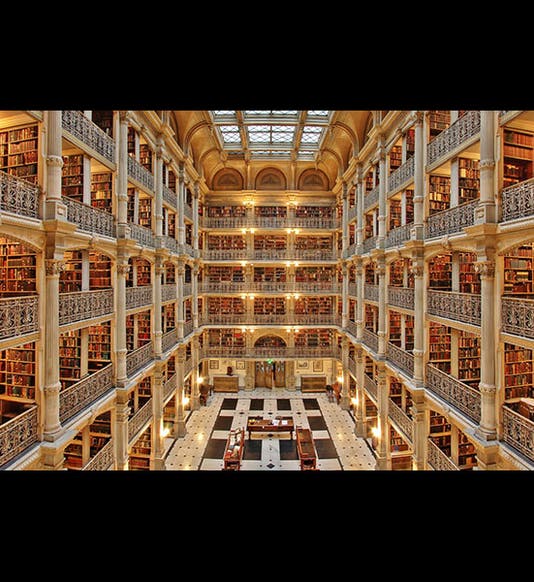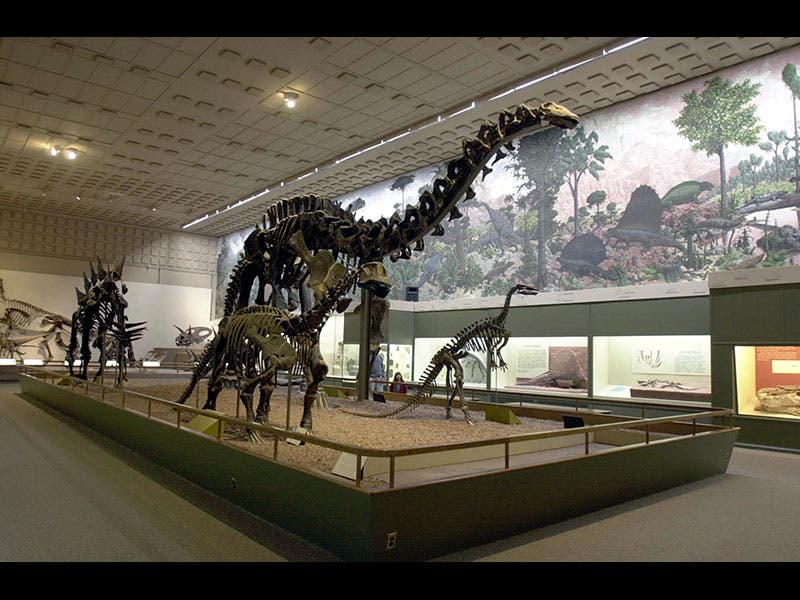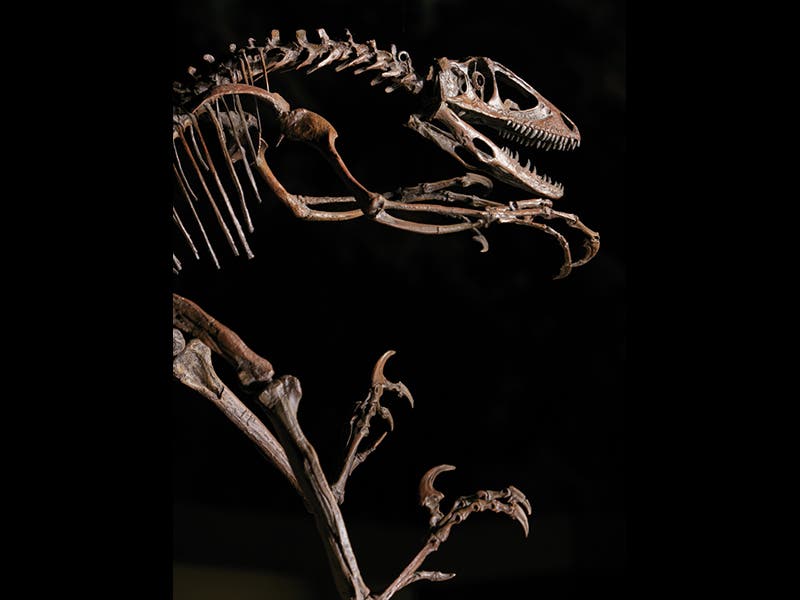Scientist of the Day - George Peabody
George Peabody, an American financier and philanthropist, died Nov. 4, 1869, at the age of 74. Peabody made much of his fortune in Baltimore; then he moved to London in 1837, where he made even more money, and where he would live for the rest of his life. In the 1860s, he started giving his money away, first to the poor of London, and then to help establish educational institutions in the United States. He founded the Peabody Institute, a conservatory, in Baltimore in 1866, and in 1878 the George Peabody Library was added to the Institute; the Peabody Library has one of the most beautiful library interiors in the world, with its wonderful cast-iron tiers of book stacks and its lofty skylights (first image).
But the building financed by Peabody that justifies his inclusion in a scientific anniversaries series is the Peabody Museum of Natural History at Yale University in New Haven, Connecticut. Peabody's nephew, Othniel Charles Marsh, was a budding paleontologist at Yale, and he convinced his uncle to contribute $150,000 to establish a natural history museum there. The bequest was made in 1866, the first museum was opened in 1876, and the present building was dedicated in 1925 (second image). The new Peabody Museum was built with a special hall just for dinosaurs (Marsh's specialty), and its long front wall proved to be just the spot for the most famous dinosaur painting in history, The Age of Reptiles, executed in fresco by Rudolph Zallinger and completed in 1947 (third image). The Museum is well worth a visit, not only for the fresco, which is stunning, but also for the dinosaur skeletons. You can see there the first Brontosaurus ever excavated (by Marsh, visible in the foreground of the photo of the mural), as well as the first Deinonychus, the feisty little theropod, discovered in 1964, that revolutionized our ideas about how dinosaurs lived and moved, and which inspired the 1993 film Jurassic Park (fourth image).
Peabody did not live to see either of these buildings completed, although his financial legacy would continue to sustain them into the 20th century. He has a fine bronze statue in front of the Royal Exchange in London, The statue was sculpted by William Wetmore Story and was erected in 1869, the very year of Peabody’s death, which shows how popular Peabody was in London. There is a copy of this statue at the Peabody Institute in Baltimore (fifth image).
Dr. William B. Ashworth, Jr., Consultant for the History of Science, Linda Hall Library and Associate Professor, Department of History, University of Missouri-Kansas City. Comments or corrections are welcome; please direct to ashworthw@umkc.edu.











